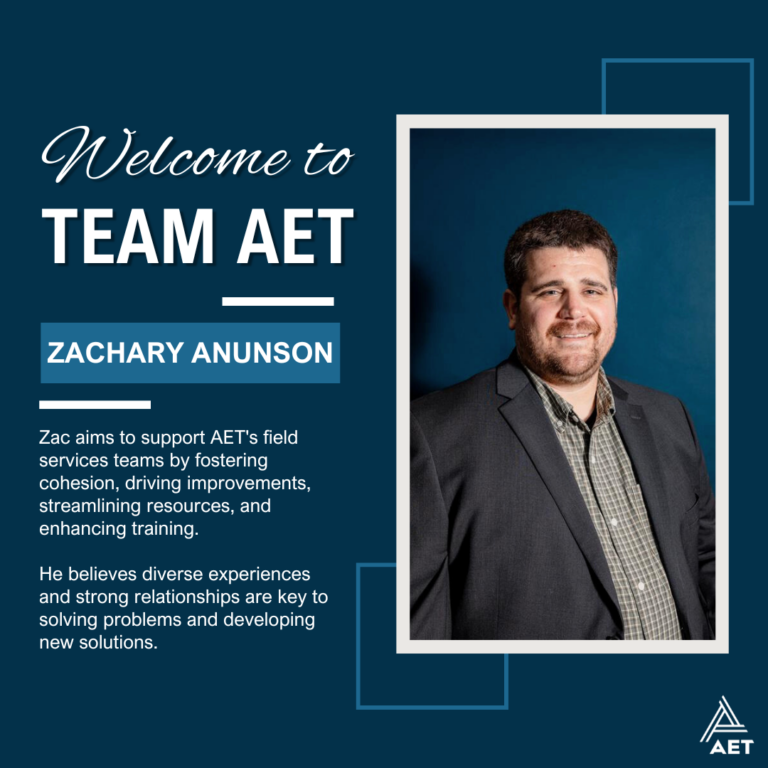AET is part of team working to assess the current condition and determine the remaining service life of a landmark bridge.
If you’ve driven from Duluth, Minnesota, to Superior, Wisconsin, you’ve probably traveled across the Blatnik Bridge. This truss bridge has towered 120 feet above the St. Louis Bay for nearly 60 years, cementing its status as a local landmark. The bridge’s age has also earned it a spot on the Minnesota Department of Transportation’s bridge replacement list.
In 2018, to determine an appropriate timeline for replacement, MnDOT hired a team of consultants to inspect and assess the bridge. The consultant team, led by WSP USA, was made up of several local and national engineering specialists, including AET.
Determining remaining service life of a bridge is a complicated matter
At AET, the project was an “all hands on deck” endeavor, with multiple departments providing geotechnical, environmental, forensic, and materials inspection and testing services.
The team’s main objective was to assess the load carrying capacity of the bridge and inspect the bridge deck and piers to identify areas of corrosion and determine the remaining service life of the bridge elements. Because the bridge is situated in an industrial area with known contaminants, the team paid special attention to bridge elements that were exposed to soil and groundwater.
Some of AET’s work involved inspecting metal reinforcements on the piers using ground penetrating radar (GPR) technology; taking core samples from the deck, pier columns, and caps; and performing compressive strength, chloride, and carbonation testing on the samples.
The AET team also used GPR, a nondestructive testing method, to measure the thickness of the concrete layer that covers metal reinforcements on certain areas of the bridge deck.
To evaluate materials in the soil and groundwater, AET performed 26 soil borings and in-situ groundwater sampling. Extensive laboratory testing was also performed on the soil samples.
The inspections and assessments have continued to progress, and WSP USA has provided MnDOT with updates on the team’s findings and analyses. With this information, MnDOT is scoping short-term temporary preservation needs and future bridge replacement alternatives.



